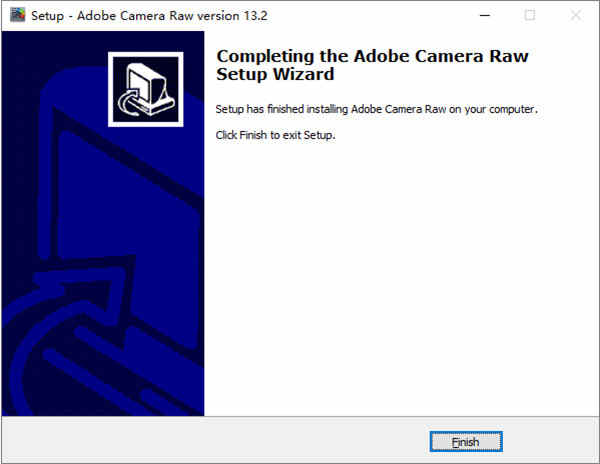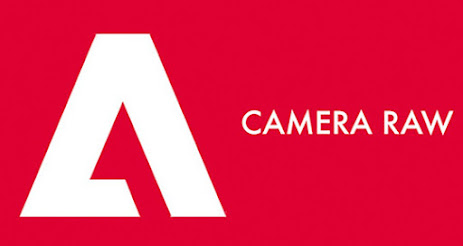
Gigapixel is slow though, whereas super resolution takes only seconds.
Adobe camera raw 13.2 iso#
Gigapixel is better for medium iso 400-1000, because of the noise reduction it applies. I've never found any of these AI upscalers to be worthwhile over regular bicubic that is much faster and doesn't introduce artifacts.Īfter having a quick look the super resolution feature is almost perfect for iso100. I should try comparing Gigapixel and that ACR Super-resĭo a regular bicubic upscaling and sharpening when you do your comparisons. I have no idea how that works (the differences to working with de-Bayered photo), maybe they are resizing per RGB channel? Since the function is in ACR and it need to build a new dng file, I assume they can make use of pre-demosaic raw data. I recently help a relative to "restore" a few tiny and poorly compressed photos (sent via whatsapp, original files are lost ) of her deceased dog and the result is better than I expected. I have Topaz Gigapixel (brought the package mainly for others like Sharpen and DeNoise), I mainly use them on old cameras like 6mp D70, D40 files and I think it does a fine job. In fact, I would say that the regular bicubic upscaling is much better than the Adobe Super Resolution since we don't get all that ugly green noise/artifacts. I think this test just shows the same thing I saw in the Topaz Gigapixel I tried before, it's not worth it to use for most images since there are lots of artifacts and the difference is not better compared to regular deterministic upscaling despite what their marketing wants you to believe.
Adobe camera raw 13.2 how to#
But that isn't practical to do for millions of photo pairs needed and also leaves the question open of how to account for the noise difference. What they actually need is a low resolution and high resolution camera taking photos of the exact same scenes with exact same lens and cropped to be exact matches to account for any misalignment. Not much good that is going to do in the real world.

I think their big flaw is probably generating their low resolution - high resolution training pairs by simply downscaling the high resolution image using regular algorithms since they needed millions of image pairs framed the exact same way. The Adobe version is only slightly sharper, I could have done that easily by just slightly increasing the sharpness slider in any editor.įrom the Adobe blog, they already used a 128x128 grid for training the model. What makes you think they use only a 3*3 source? I rather doubt the marketing image is to be understood literally.Īh, yes, viewing on a larger screen now I see lots of the green noise/artifacts on the right image from the Adobe SuperResolution. Yes that will take more time to train the model but also produce much better results. Note on the algorithm, I was expecting much better, it seems to be way too simplistic: a 3x3 grid is simply not enough image information to correctly extrapolate data. Right image is sharper but has lots of added green noise, for example near the nose. I can't tell the difference between the two. This unfortunately isn't that useful for me because they're not the same part of the frame. Left is bicubic smoother, right is super resolution. I was pretty excited by the announcement and tried it out today. Whole patches of trees can get “sparkly”.will the AI recognize those pixels as false color and be able to replace them with corrected pixels at the up-Rez size? I’m curious how it might work to eliminate moire from my sharper lenses like the CV50 APO. I will definitely re-process some of my old favorites from lower res cameras to re-print 24x36s for myself. I occasionally do a 24x36 for my personal archives if I love the photo but aside from that size or larger I don’t think I’ll need it. I gave it a whirl on some old Canon 5DII files and am pretty happy! Will I use it on my A7RIII often.probably not. It is strange that Adobe used it as an example. The DPReview studio scene could easily have been used in the training. Here are 100% crops (also as Animated GIF): I compared the Fuji GFX 100 at native resolution vs the Sony A7r IV upsized to the GFX resolution using Photoshop's usual "Preserve Details 2.0" vs the same A7r IV upsized using the new "Super Resolution" feature. Here's a comparison I did using the Dpreview studio images. It will be interesting to compare outputs from the two.

It sounds like Sony's By Pixel Super Resolution Technology which is used by Clear Image Zoom. This explains what it is, how it works, and how to get the most from it.

Super Resolution is now shipping in Adobe Camera Raw 13.2 and will be coming soon to Lightroom and Lightroom Classic.


 0 kommentar(er)
0 kommentar(er)
